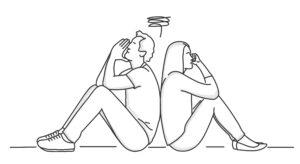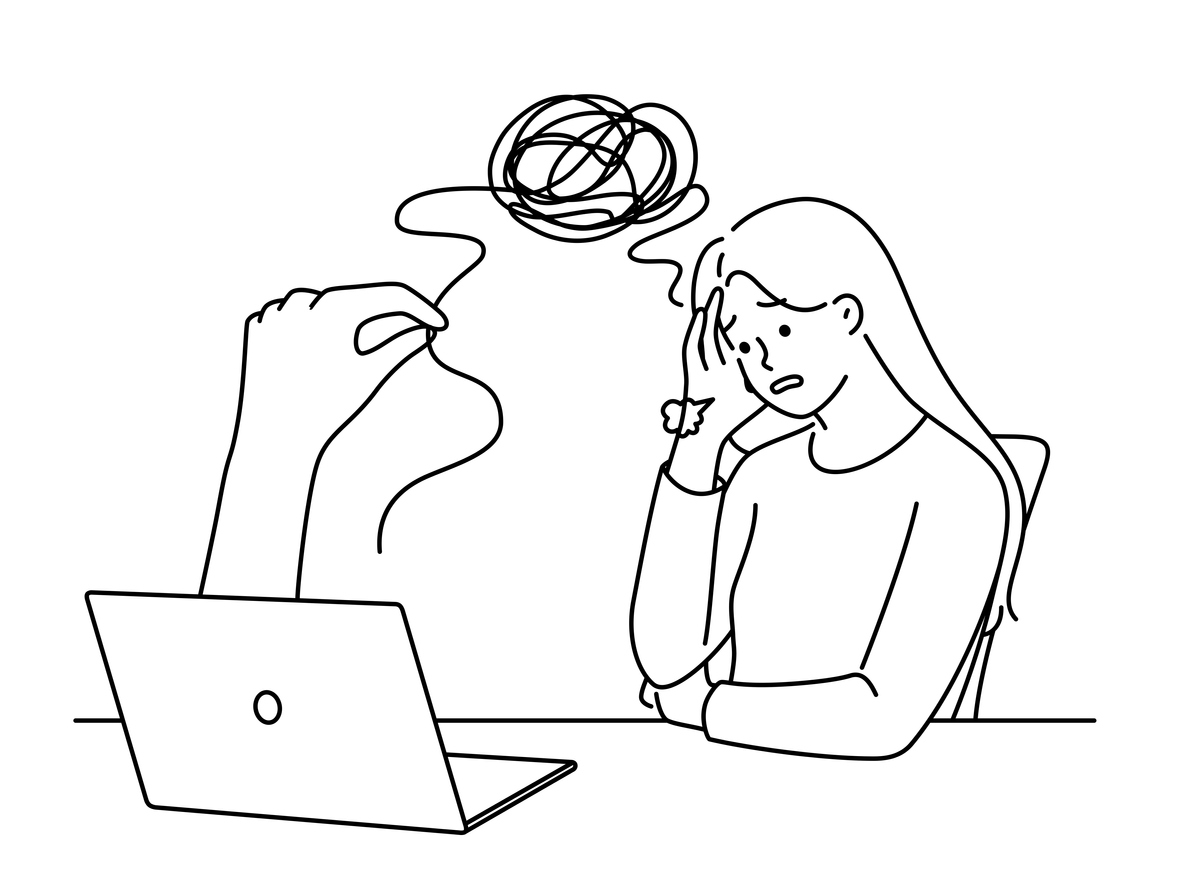 What’s it like for a parent to discover their adolescent son or daughter self-harms? It can be daunting to keep steady while a family crisis is unfolding – not just as a parent, but as an adult, a professional, a spouse, a bill-payer, let alone a person who needs rest, fun and personal time.
What’s it like for a parent to discover their adolescent son or daughter self-harms? It can be daunting to keep steady while a family crisis is unfolding – not just as a parent, but as an adult, a professional, a spouse, a bill-payer, let alone a person who needs rest, fun and personal time.
As the number of teenagers grappling with mental health problems soars (for various reasons), more and more parents feel they are ‘walking a tightrope of vigilance’, tiptoeing on eggshells, trying to do the impossible. Everyday parenting tasks become permeated with making sure the teenager stays safe from danger. But dangers emerge increasingly in teenagers’ own minds, or within their friendship circle – offline or online – rather than in the ‘dangerous world out there’ (a world that is explored less than in the past).
All this happens despite limited community support, with an over-emphasis on parental responsibility, often slipping into blame. The yardstick for what being ‘a good parent’ is keeps stretching, moving us far, far away from Winnicott’s ‘good enough’ and into an era of parental optimisation and goals that are beyond reach.
Never, I think, do these unattainable standards feel more personal and painful than when a teenager is hurting themself. With self-harm in the picture, the goal – keeping the adolescent safe and well – can become a Goldilocks ‘getting it right’ impossibility. Professionals become involved; parents are asked to follow safety plans; all while having to allow the adolescent space and respecting their privacy:
Solutions on the internet
In the absence of adequate community, wider family and professional support, the internet comes to the rescue. When a parent discovers, to their horror, that their teenager self-harms an obvious step is to google for answers. Researching brings a sense (or illusion) of control in an out-of-control situation – but googling can also lead to self-blame and an experience of inadequacy.
This is how it happens: the parent types in ‘how to cope with self-harm’. An endless number of articles appears, offering sometimes useful, sometimes useless, frequently contradictory advice (the irony doesn’t escape me that my own blog post is one more addition to the list!)
Online articles on self-harm include possible meanings of the act, the ways it functions as a coping mechanism, soon moving on to long lists of how parents can help. They are told they should aim to accept their emotions while learning all they can about self-harm. They are encouraged to talk to their teenager (who will likely refuse to talk to them). They need to stay positive, calm and patient  when they are feeling anything but, remaining hopeful, setting a good example, giving the teenager space, helping them find strategies (with lengthy lists of ideas including building a ‘self soothe box’), helping them notice when the self-harm urges start, spending quality time together, staying non-judgmental … Phew!
when they are feeling anything but, remaining hopeful, setting a good example, giving the teenager space, helping them find strategies (with lengthy lists of ideas including building a ‘self soothe box’), helping them notice when the self-harm urges start, spending quality time together, staying non-judgmental … Phew!
There’s nothing wrong with any of this in particular … except how difficult it is to achieve. Different responses fit different families and sometimes a tiny shift can indeed make a difference. But what strikes me is the transformation of a distressing, complex family situation into an operation that requires calmness, patience and efficiency. Parents become, in this picture, akin to parenting-function-robots, having to follow concrete steps in the face of a messy, non-concrete situation that can make them feel helpless, sad, and enraged, all in the space of the same day.
Strategies are not enough
I confess that a self-soothe box for dealing with self-harm urges sounds inviting. I imagine it like a treasure box that a child (or an adult too!) can turn to for comfort and aesthetic pleasure. The NHS advises us what to fill it with: photos, notes, letters, a glitter jar, a music playlist, fidget toys, playdough, temporary tattoos, perfume, hand cream, colouring books, bubbles, puzzle books … but also breathing exercises and names of friends or family to contact in moments of crisis.
But all this overlooks the point by a large margin, in the face of the worry, anger, and helplessness that these situations entail. Even if the self harm isn’t longlasting or dangerous, it can seem to parents out of reach for a while to help their child, let alone each other. During that time, a self-soothe box or list of tasks can cruelly miss the mark, however delightful the content or useful the information. Until parents get a better sense of the meaning of the self harm and decide how to respond, which may take some time, supporting each other and the teenager and trying to keep channels of communication open despite the hurt and confusion are tasks enough.

You made some good points there. I looked
on the internet to find out more about the issue and found most individuals will go along
with your views on this web site.